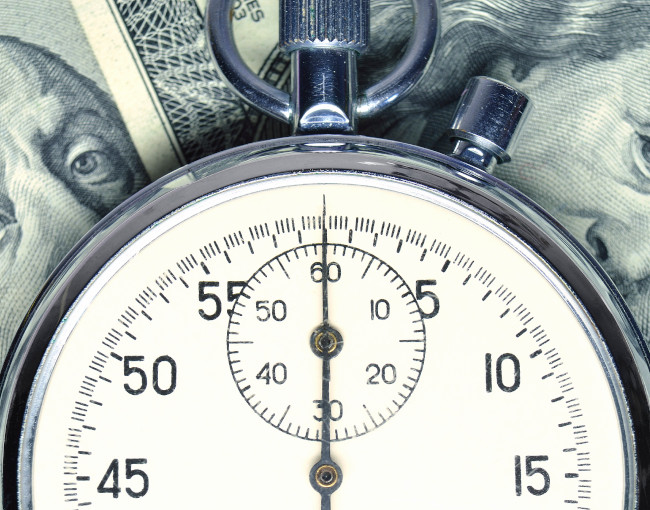Home > Insights > Publications > What employers need to know about the DOL’s final rule on overtime exemptions
On Tuesday, September 24, the U.S. Department of Labor (DOL) released a long-awaited final rule updating the salary thresholds for the executive, administrative, and professional (EAP) overtime exemptions under the FLSA. Employers will be required to pay overtime to 1.3 million previously ineligible workers under the long-anticipated DOL overtime final rule.
Who it affects
- Employees classified under the executive, administrative, or professional exemptions of the FLSA, but who make less than $35,568 per year.
- Employees classified under the highly compensated employee exemption of the FLSA, but who make less than $107,432 per year.
- Salaried employees who receive non-discretionary bonuses, incentives, and commissions.
What it requires
- Employers must reevaluate whether any of their employees will lose their overtime exemptions under the new thresholds and must reclassify affected employees as necessary.
When it takes effect
- January 1, 2020.
What it does not do
- Provide for automatic, future increases to the affected thresholds.
- Make any changes to the white collar or highly compensated employee duties tests.
In addition to raising the threshold for EAP exemptions, the rule also allows employers to count certain non-discretionary bonuses, incentives, and commissions as up to 10 percent of an employee’s salary level and raises the threshold for the “highly compensated employee” overtime exemption. Beginning January 1, 2020, the new salary threshold to qualify for one of the EAP exemptions will be $684 per week or $35,568 per year, up from the prior threshold of $23,660. This means that employees making less than $35,568 per year are no longer eligible for EAP exemptions under the FLSA and must be paid overtime for any hours over 40 worked in a week.
The rule also raises the salary threshold for the highly compensated employee overtime exemption from the current $100,000 per year cutoff set under the Bush administration to $107,432 per year.
Finally, the final rule will allow employers to count a portion of certain bonuses and commissions towards an employee’s salary level when determining whether that employee meets the EAP exemptions’ salary threshold. In recognition of evolving pay practices, non-discretionary bonuses and incentive payments that are paid at least annually may be used to satisfy up to 10 percent of the standard salary level.
With the rule to take effect on January 1, 2020, employers will need to move quickly to determine how many of their employees will no longer qualify for overtime exemptions under the new thresholds. Those employers with affected employees will then need to decide between reclassifying the employees as non-exempt and paying them overtime or increasing their salaries to meet the new thresholds.
Employers with questions about how the new DOL final rule will affect them and how they should reclassify affected employees should contact the authors listed above or any member of Thompson Coburn’s Labor & Employment practice.
Susan Lorenc member of Thompson Coburn’s Labor & Employment practice.

